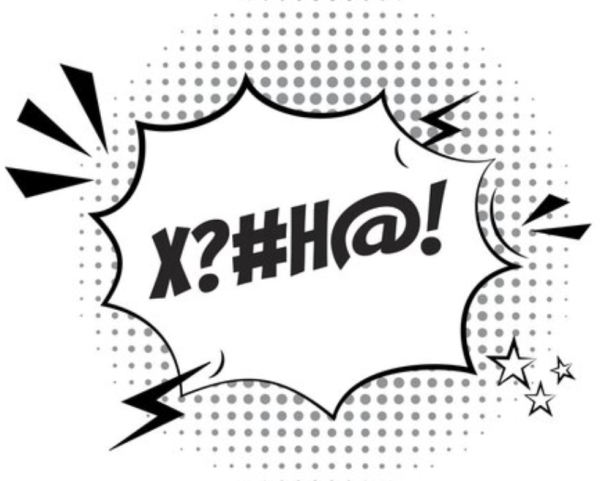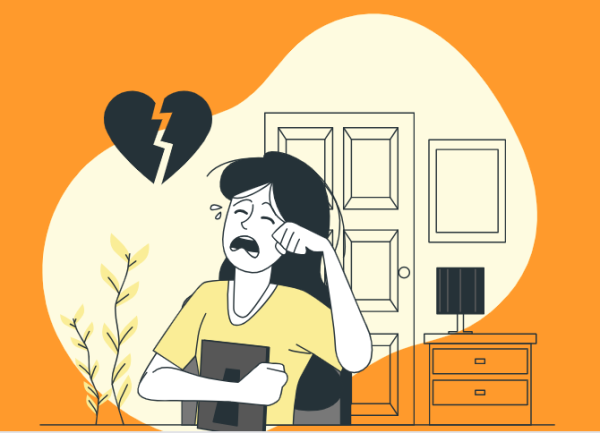Bathroom Bill Flushes Transgender Discrimination Down the Toilet
October 17, 2013
On Aug. 12, 2013, Governor Jerry Brown signed into effect a desperately needed new bill named AB 1266. The legislature, nicknamed the “Bathroom Bill,” is enormously helpful in reducing harassment of transgender students within California public schools. The bill allows students to use sex-segregated facilities such as locker rooms and bathrooms that are consistent with their gender identity. Already implemented through a similar measure in the school districts of Los Angeles and San Francisco, the bill builds on California Education Code sections 221.5 and 220, which prevent students from discrimination based on their perceived gender, and is the first bill of its kind to be mandatory in promising students better safety. Another important measure taken by the bill is allowing transgender students to decline providing medical documentation of their preferred gender, an important step for those who come from unsupportive families.
The term transgender refers to a person who does not identify their gender as consistent with their sexual anatomy. A study by the Williams Institute at UCLA conducted multiple national and state population surveys and found that there are at least 700,000 transgender people living in America. It is widely believed to be a biological condition, and as of December 2012, the American Psychiatric Association stopped classifying being transgender as a mental disorder.
Transgender individuals often struggle with gender-specific expectations such as public school bathrooms. A task as mundane as using a restroom often turns into grounds for confrontation and violence against transgender students when other students incorrectly perceive them as a different gender. There is an enormous amount of aggression against transgender students that has previously been overlooked by public schools. Transequality.org reports 78 percent of transgenders in grades K-12 will experience harassment. Such high amounts of violence against transgender students should not be overlooked, and the only hope of reducing it lies in increasing acceptance through bills such as AB 1266.
In an argument uncomfortably close to the time of the Jim Crow laws, a majority of protesters agree that while they do not personally have a problem with transgender individuals, they are uncomfortable sharing facilities with them. Replace transgender with “colored,” and one finds a familiar sounding protest from the Civil Rights era.
Other opposers, the most vocal of which are parents, are concerned their children will be molested by the “dangerous” and “seductive” transsexuals. These protests force an “us” versus “them” mentality, categorizing transgenders as a threatening group of people rather than fellow parents’ sons and daughters. The inevitable backlash against AB 1266 has already begun; California parents across the state are removing their children from public schools until the bill is repealed. As of yet, there have been none of the promised catastrophes anticipated by the opposition. The bill has done what it intended to do and has allowed students to quietly and unobtrusively identify as themselves.
AB 1266 helps promote equality for transgender students who could possibly face aggression due to the way they classify themselves. Staunch supporters of the bill include the LGBTQSA community, the American Civil Liberties Union of California, and the California Teachers Association. Supporters across the state hope the new “Bathroom Bill” will be a step towards improving the safety of California public schools for all students, regardless of how they perceive their identity.



















